Auto Safety Rating to Include Emergency Braking as Recommended Technology
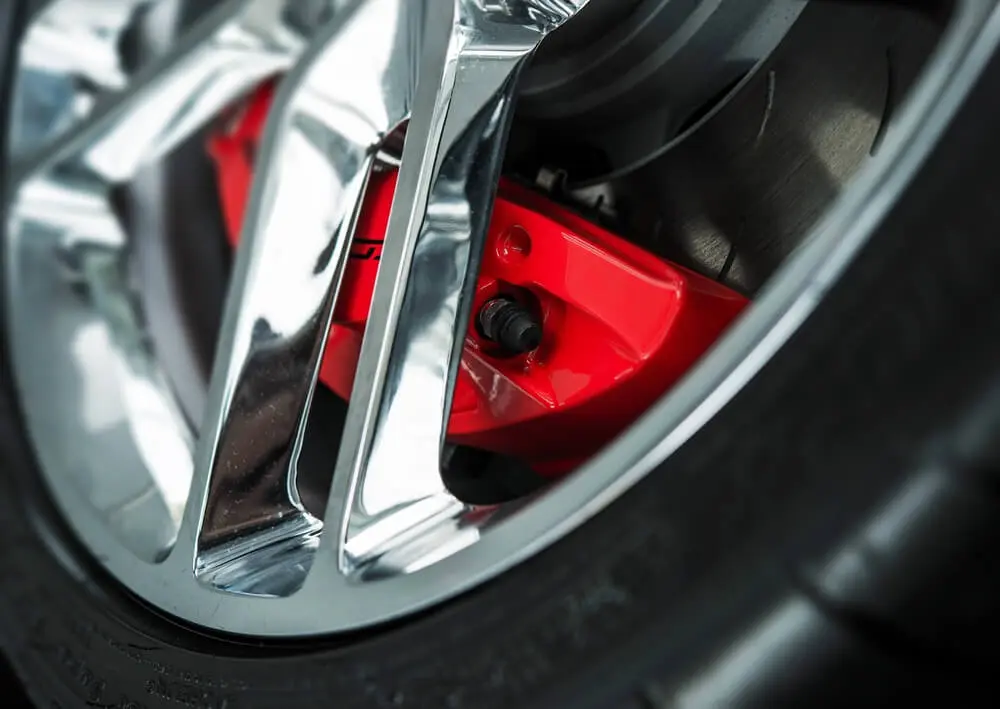
Federal highway safety officials have announced that by 2018, all vehicles eligible for the nationally recognized 5-Star Rating System must be equipped with automatic emergency braking (AEB) technology, in an effort to encourage more automakers to incorporate preventable rear-end collision systems.
The National Highway Traffic Safety Administration (NHTSA) issued a federal register notice on November 2, indicating that the agency will be upgrading its 5-Star Rating System to include AEB as a recommended safety technology in 2018, which U.S. Transportation Secretary Anthony Fox claims will improve road safety.
“We are adding automatic emergency braking features to the 5-Star Rating System because crash-avoidance technologies can save lives and should be widely accessible,” Foxx said in a press release. “AEB can substantially enhance safety, especially with the number of distracted drivers on the road.”
Do You Know about…
hair dye cancer lawsuits For Salon Professionals
Hair dye lawsuits are being pursued for salon professionals who were routinely exposed to hair dye chemicals and diagnosed with bladder cancer or breast cancer. See if you qualify for a hair dye cancer lawsuit settlement.


Do You Know About…
hair dye cancer lawsuits For Salon Professionals
Hair dye lawsuits are being pursued for salon professionals who were routinely exposed to hair dye chemicals and diagnosed with bladder cancer or breast cancer. See if you qualify for a hair dye cancer lawsuit settlement.
The AEB technology includes systems designed to prevent collisions in which the driver does not react fast enough or does not apply sufficient braking power to avoid or mitigate a crash. The AEB systems use multiple on-vehicle sensors such as radar, cameras, and lasers to detect potential crash threats. The systems are designed to recognize collision threats from these sensors and engage the vehicle’s brakes if the driver does not react quick enough or apply enough braking power.
As part of the technology’s introduction into the auto industry, the NHTSA has created a new AEB webpage on www.safecar.gov/AEB to help the public better understand how the systems work, providing demonstration videos and analysis.
Current AEB technology includes two systems; crash imminent braking (CIB) and dynamic brake support (DBS). Crash braking systems are designed to apply the brakes in cases where a rear-end crash is imminent and the driver has not made any braking attempt. The dynamic braking systems are designed to supplement the drivers braking input when the driver is not applying sufficient braking to avoid or mitigate a rear-end collision.
Currently, AEB is offered as an optional feature in premium vehicles and comes with an extra cost from most manufacturers. However, the voluntary implementation of AEB’s in all standard vehicles will reach the entire automobile market.
Fox stated in the press release that AEB systems could drastically reduce rear-end collisions and in worst case scenarios mitigate them, so potentially fatal accidents are minimized to just common fender-bender accidents. Many consumer advocacy groups and organizations are backing the NHTSA’s actions to standardize the technology.
Jake Fisher, director of auto testing for Consumer Reports indicated that AEB technology is the biggest safety advancement in vehicles since the introduction of stability control over two decades ago.
As part of the NHTSA’s New Car Assessment Program released in January, the agency and the Insurance Institute for Highway Safety (IIHS) planned to set specific performance criteria for manufacturers to meet to be eligible for the desirable “IIHS Top Safety Pick” award which included vehicles must have AEB systems.
The two agencies were able to get 10 major automobile manufacturers to commit to voluntarily mandating AEB technology being incorporated in all new model vehicles, not just the premium models. The commitments came from Audi, BMW, Ford, General Motors, Mazda, Mercedes Benz, Tesla, Toyota, Volkswagen, and Volvo who collectively accounted for 57% of U.S. light weight vehicle sales in 2014.
Included in the New Car Assessment Program, the NHTSA is currently working on a proposal that will require transmitters for vehicle-to-vehicle safety communications that will allow drivers to identify and address potential safety obstacles.
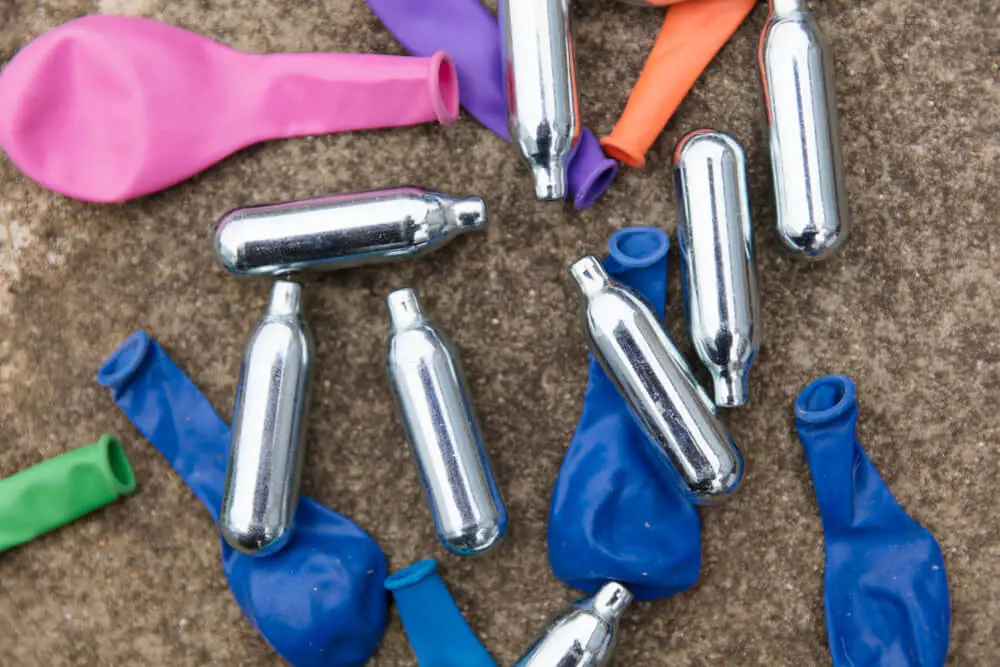

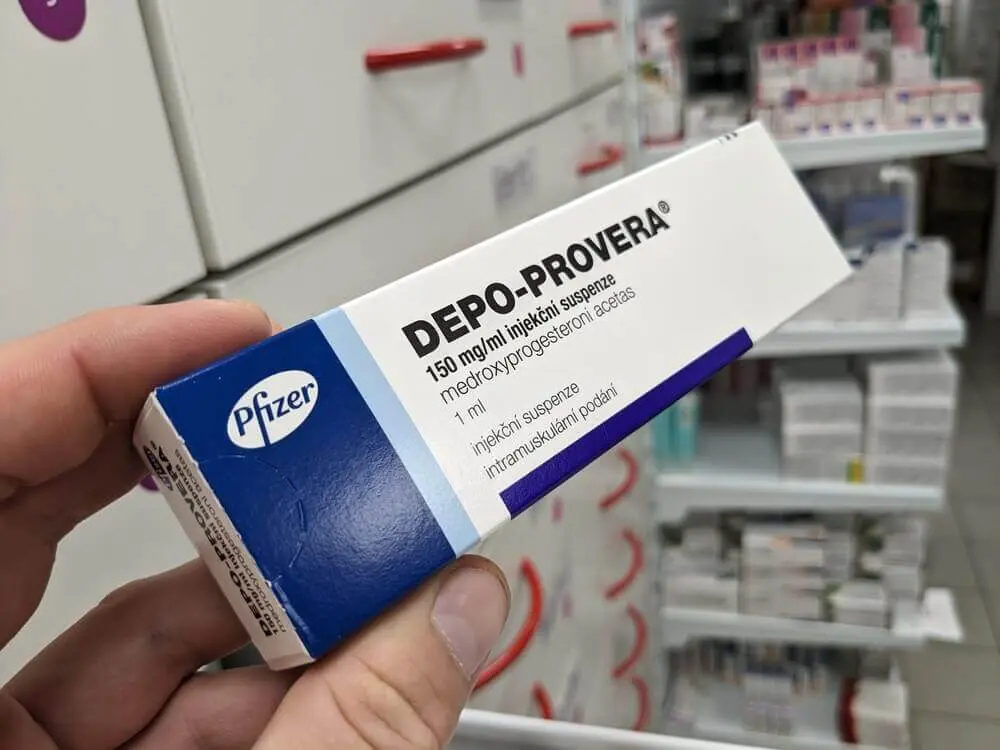
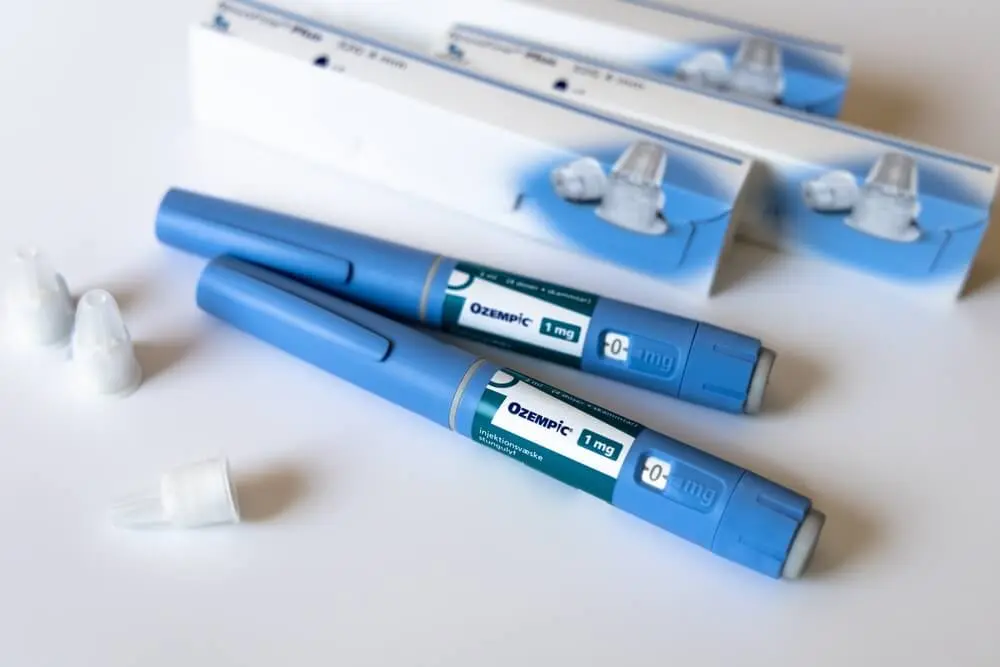
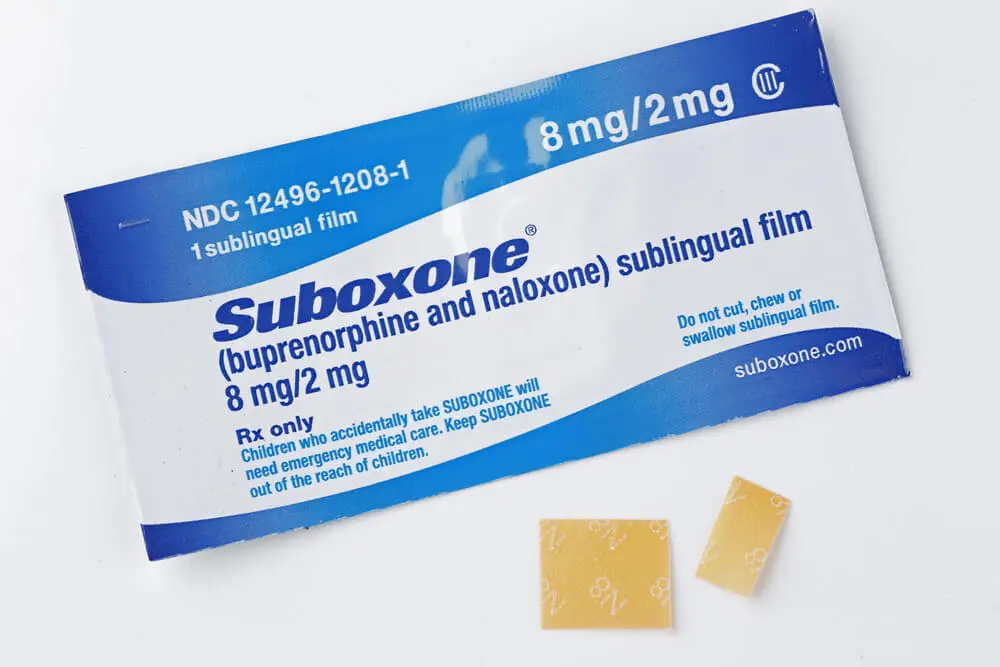

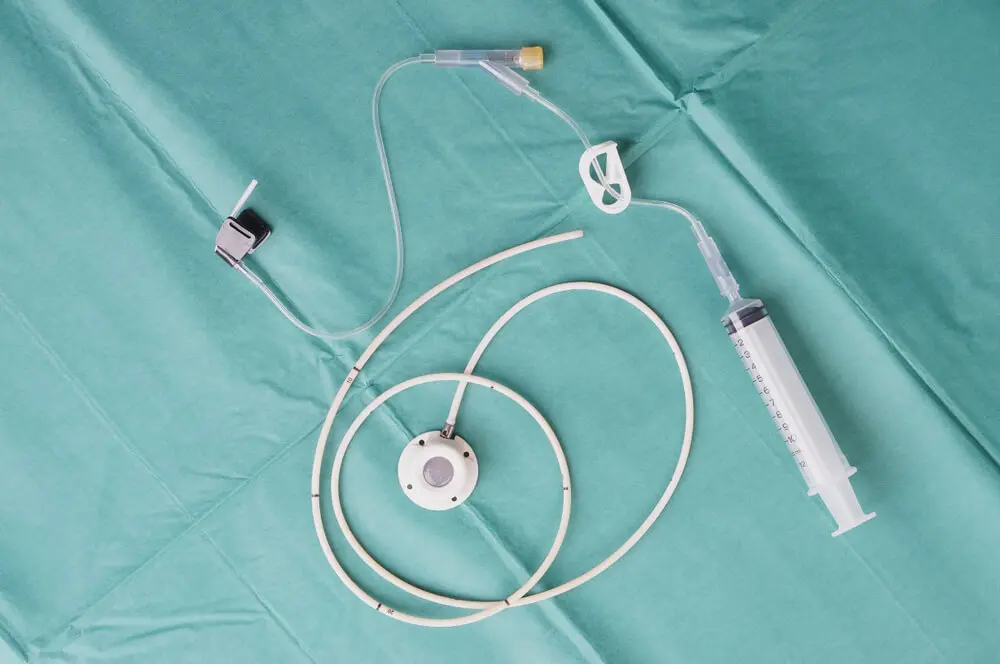









0 Comments